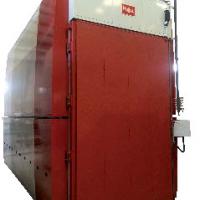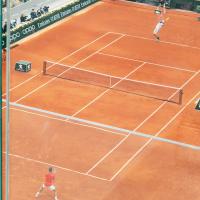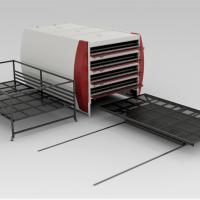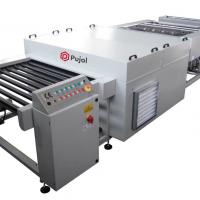Date: 16 December 2011
Unfortunately, the United States and Canada still suffer fire deaths at a rate two to three times more than many European nations.
The debate about what to do next to improve fire safety often poses a false choice between either active fire sprinkler systems or passive fire resistant materials used throughout a building in structural and accessory components. Research shows that the safest choice is to use both — combining active and passive fire protection. What’s lost in this debate is the dual role that fire rated glass plays by offering passive fire protection in the event of a fire, while providing tangible, daily benefits in day-lighting interior spaces, increased security, improved energy efficiency and aesthetic appeal.
Built-in Fire Protection Stops Fire Spread in 87% of Educational Fires
TriData, a division of System Planning Corporation, evaluated data in the National Fire Incident Reporting System (NFIRS), which collects data from over 15,000 fire departments in 50 states. The focus was on fire containment (or fire spread) in both residential and non-residential buildings during 2003.
TriData’s analysis turns the active-versus-passive fire protection debate upside down. TriData found that a combination of building construction, design, containment, fire load and fire department response resulted in limiting fire spread to the room of fire origin in just over 50% of all fires. The study also found that the level of passive containment in educational facilities was an impressive 87%. Sprinkler systems, when present and operating, supplemented built-in protection bringing containment to the room of origin close to 100%.
Read more: www.safeglassforschools.com/articles/hidden-in-plain-sight/



















Add new comment